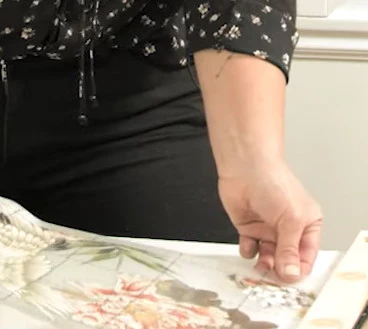- Home
- coated duplex board grey back
Mar . 04, 2025 08:47 Back to list
coated duplex board grey back
The duplex board manufacturing process is a complex and intricate sequence of production stages that require both expertise and precise control to ensure the end product meets industry standards. Duplex boards are widely used in packaging, especially for folding cartons and other packaging applications due to their durability and printability. Delving into the process of manufacturing duplex boards offers valuable insights into their quality and usability, showcasing the experience and authority needed to master this industry.
The pressed sheets then go through a series of drying cylinders, ensuring the moisture content is reduced to the precise level required for further processing. Experienced operators constantly monitor the humidity, temperature, and tension to prevent any deformation or imperfections. Proper drying is crucial as it affects the paper's final mechanical properties and its ability to receive subsequent coatings. Coating is a defining feature of duplex board, typically involving the application of a fine clay or polymer-based layer that offers smoothness and printability. The application process involves meticulous control over thickness, consistency, and drying, with innovative techniques such as blade coating or air knife coating often employed to achieve superior surface quality. This step is where expertise truly shines, as it tailors the board's finish for specific uses, such as high-quality printing or specialized packaging requirements. Calendering follows coating, where the board passes through rollers to enhance surface smoothness and gloss, completing its transformation into a high-quality duplex board. The process, backed by authoritative knowledge of equipment settings and material behavior, ensures the final product meets aesthetic and functional criteria. Quality control at each step, including regular sampling and testing for physical and chemical properties, underpins the entire manufacturing process. Tests for grammage, thickness, moisture content, burst strength, and surface smoothness ensure that only boards meeting strict quality standards move forward. This level of meticulous inspection reflects a commitment to trustworthiness, ensuring consumers receive a product with consistent quality. In conclusion, the manufacturing of duplex board combines decades of accumulated expertise and technological advancements, with each phase requiring specific skills and knowledge. The process benefits significantly from continuous research and development, leading to innovations that enhance both efficiency and product performance. The nuances of each step underscore the authority and reliability that reputable manufacturers bring to this essential product used globally for packaging solutions.


The pressed sheets then go through a series of drying cylinders, ensuring the moisture content is reduced to the precise level required for further processing. Experienced operators constantly monitor the humidity, temperature, and tension to prevent any deformation or imperfections. Proper drying is crucial as it affects the paper's final mechanical properties and its ability to receive subsequent coatings. Coating is a defining feature of duplex board, typically involving the application of a fine clay or polymer-based layer that offers smoothness and printability. The application process involves meticulous control over thickness, consistency, and drying, with innovative techniques such as blade coating or air knife coating often employed to achieve superior surface quality. This step is where expertise truly shines, as it tailors the board's finish for specific uses, such as high-quality printing or specialized packaging requirements. Calendering follows coating, where the board passes through rollers to enhance surface smoothness and gloss, completing its transformation into a high-quality duplex board. The process, backed by authoritative knowledge of equipment settings and material behavior, ensures the final product meets aesthetic and functional criteria. Quality control at each step, including regular sampling and testing for physical and chemical properties, underpins the entire manufacturing process. Tests for grammage, thickness, moisture content, burst strength, and surface smoothness ensure that only boards meeting strict quality standards move forward. This level of meticulous inspection reflects a commitment to trustworthiness, ensuring consumers receive a product with consistent quality. In conclusion, the manufacturing of duplex board combines decades of accumulated expertise and technological advancements, with each phase requiring specific skills and knowledge. The process benefits significantly from continuous research and development, leading to innovations that enhance both efficiency and product performance. The nuances of each step underscore the authority and reliability that reputable manufacturers bring to this essential product used globally for packaging solutions.
Latest news
-
Premium Decor Base Paper | Durable & Versatile Prints
NewsJul.31,2025
-
High-Quality Furniture Decoration Paper for Stunning Interiors
NewsJul.30,2025
-
High Quality Duplex Board Paper for Packaging Solutions
NewsJul.30,2025
-
High-Quality Duplex Board Paper for Both Side Printing & Packaging
NewsJul.29,2025
-
High-Quality Decor Base Paper for Laminates & Furniture Surfaces
NewsJul.29,2025
-
Premium Duplex Board for Food Packaging & Printing
NewsJul.29,2025

